Just like most kinds of succulents, the Callisia Repens, commonly known as Vine, is a very low-maintenance plant. It hails from South and Central America and can be grown both indoors and outdoors when set in the right conditions.
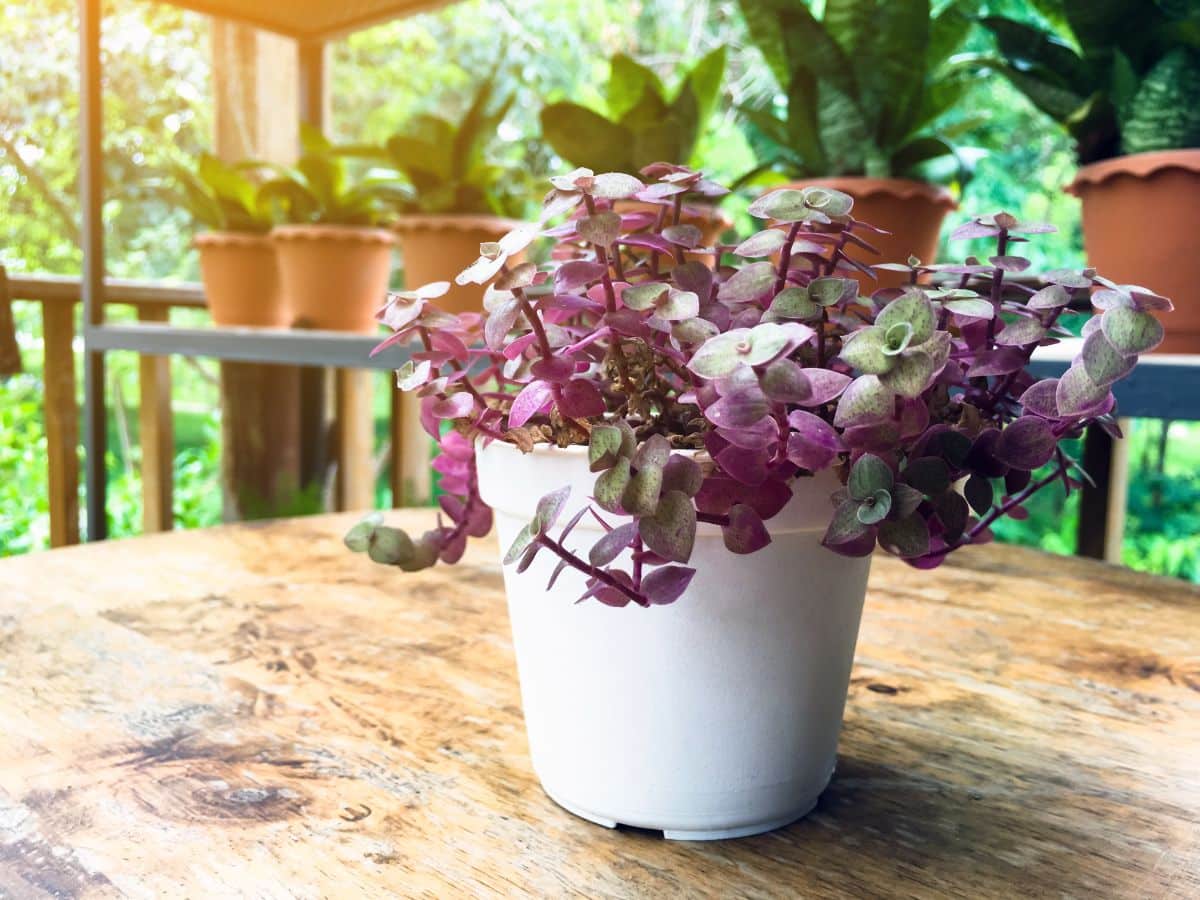
Propagating turtle vine is quite easy, and I'll show you exactly how to do it in this article!
Jump to:
How to Propagate Turtle Vine

Callisia Repens is an ornamental plant and a creeper that is quite adorable as a hanging plant. It propagates smoothly and is typically easy to care for. Callisia Repens foliage stays compact and exhibits variegated leaves beautifully.
It is a succulent that can be cultivated indoors or outdoors. When grown outdoors, it acts like carpet grass if planted in the ground and can get invasive. The stems start sprouting where they touch the ground. Callisia Repens prefers to grow in a well-draining soil mix.
The plant thrives in indirect bright light. It requires moderate watering, and overwatering kills it. Temperatures between 64 to 71 degrees are the best extent for heat for its optimal development.
Callisia Repens requires fertilizers during the growing season but doesn’t feed too much. The plant can be propagated by stem cuttings, plantlets, and seeds during the growing season.
This plant can also be pruned to maintain its beautiful shape.
Pests can damage the plant, but healthy plants can survive if you use natural pest control methods. They are very moderate growers and can remain little for long, so repotting is often unnecessary. Choose a pot in which it will germinate for a few years when propagating.
It can be cultivated in a smaller container and later repotted too.
How to Propagate Vine by Stem Cutting
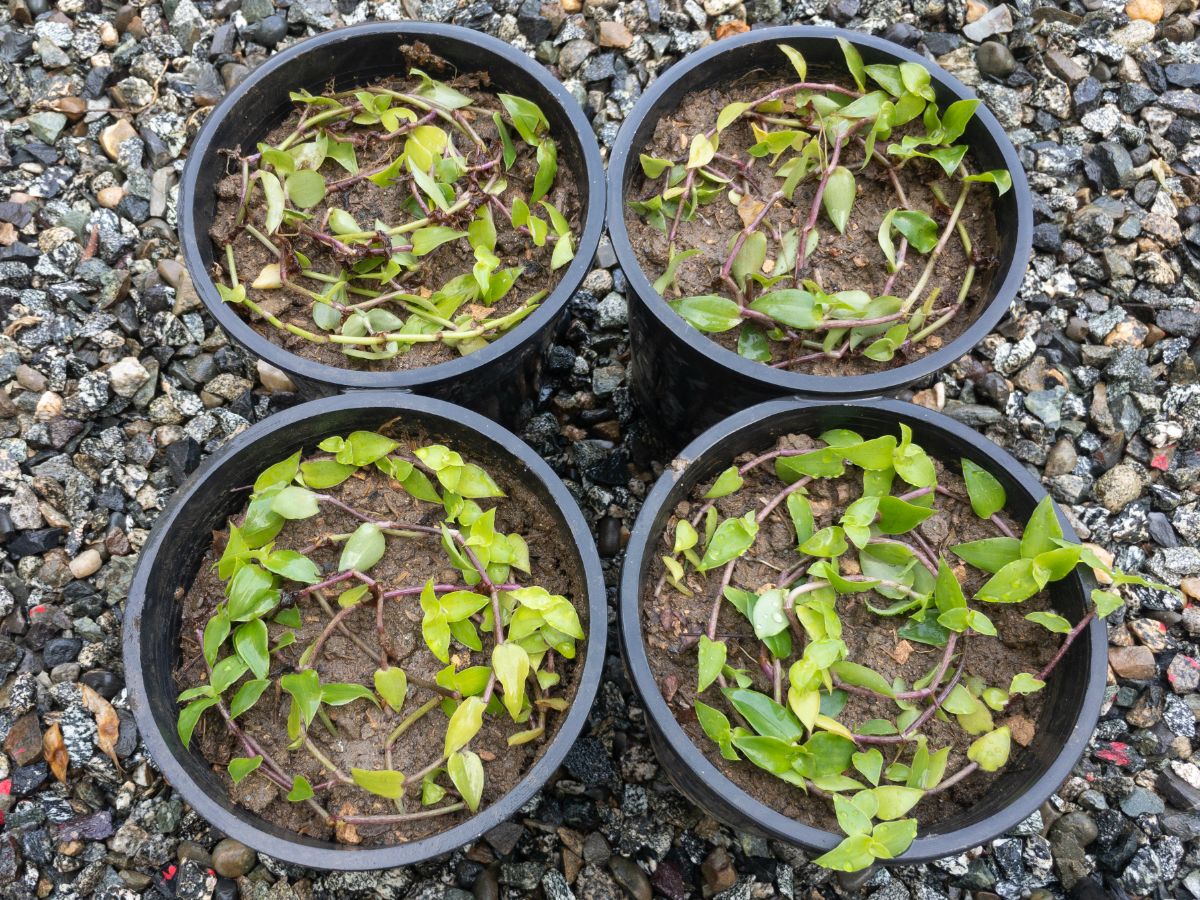
· This method uses a sterilized tool to cut off a healthy stem with four to five leaf nodes. Do that in the shade.
· Place the cuttings in well-draining potting soil and water it adequately so it isn’t soggy.
· Position it in a place where it can get indirect light till it grows roots.
· It might be after a few weeks before you start seeing the outcome.
· Normally, these plants are propagated by stem cuttings.
How to Propagate Vine by Offsets or Plantlets
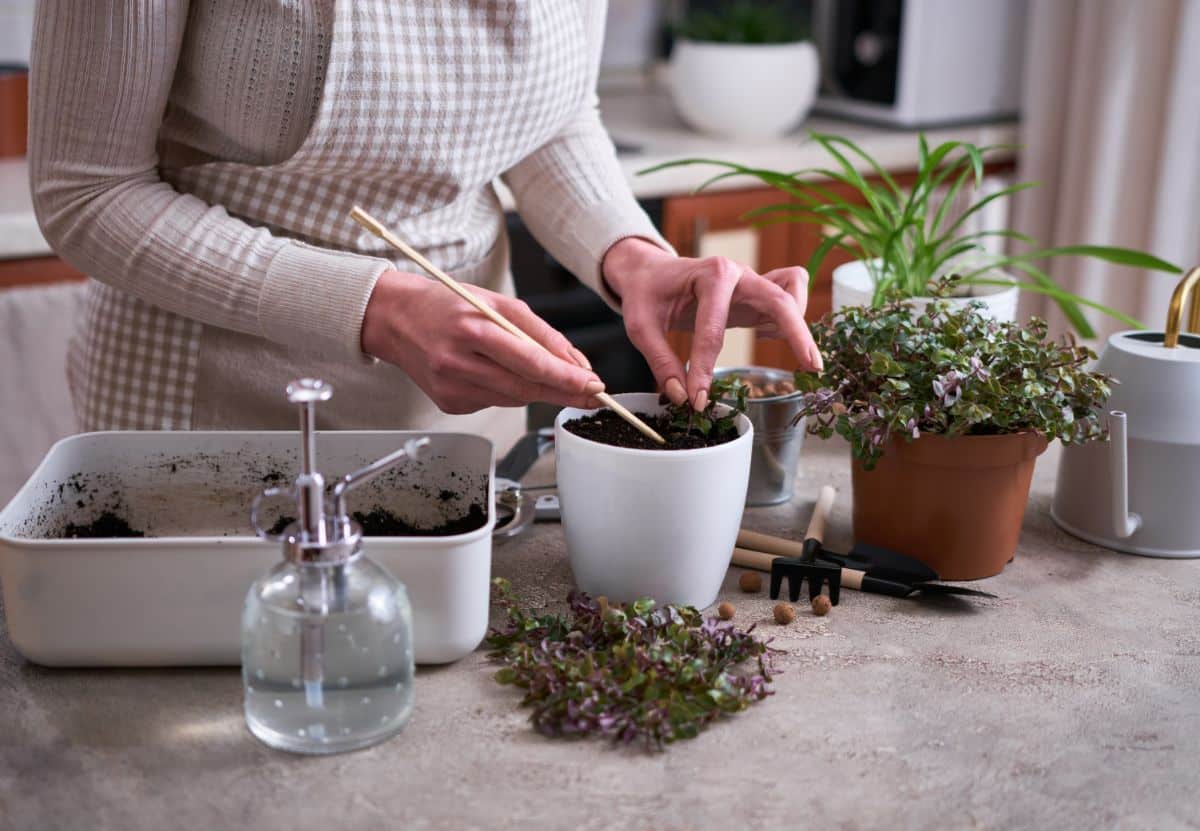
· Offsets/Plantlets will grow from the plant that can be taken in the growing season
· Cut them out carefully and plant them in a brand-new potting mix. Ensure to keep them from overwatering them or placing them in direct light
· In about 2 to 3 weeks, they will grow their roots in the new pot and start spreading out and growing
How to Propagate Vine by Seed Sowing
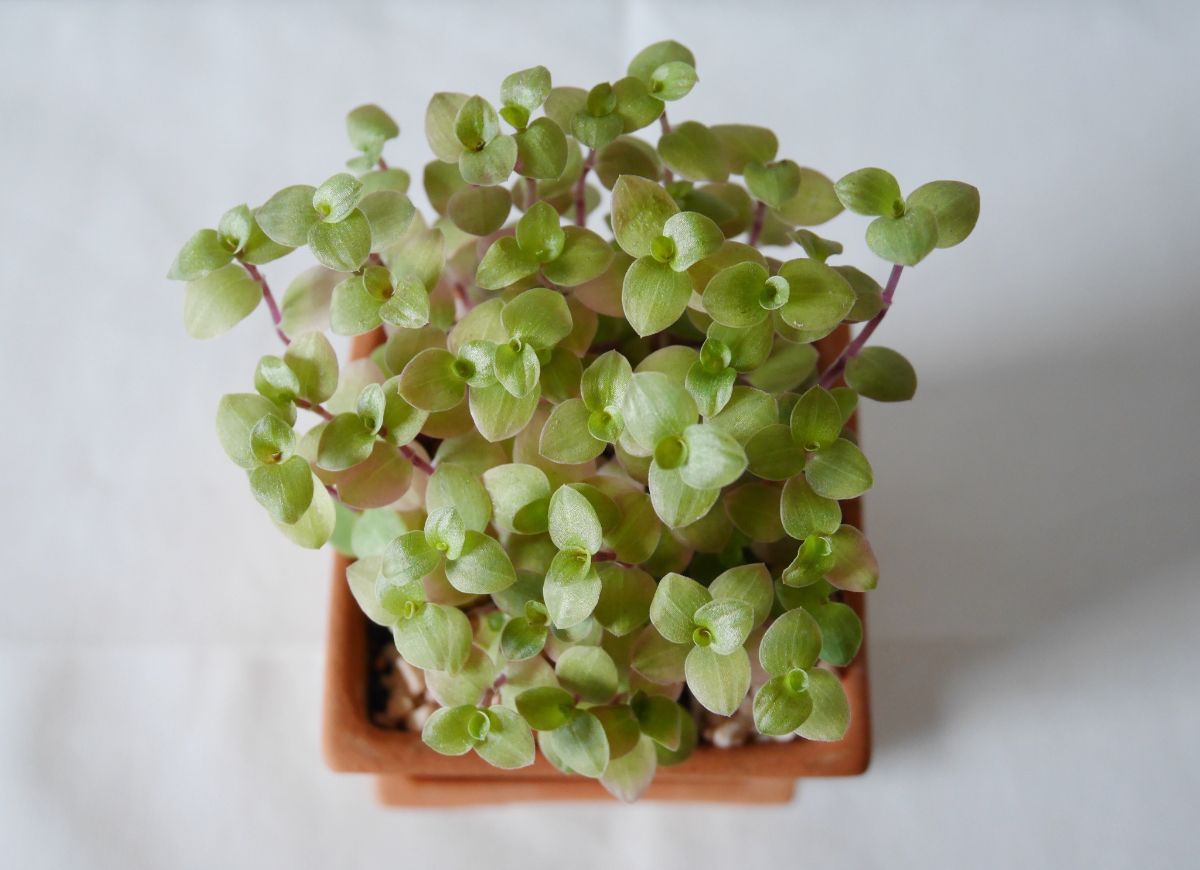
· Seeds can be cultivated in the growing season. Make a pot or seedling tray ready with a well-draining potting mix
· Lay out the seeds on the topsoil and then carefully close it up with a thin layer of potting mix
· Sprinkle water on top to ensure maintained moisture
· The seeds, however, should be wet after you plant them
Problems You Might Encounter While Propagating Vines
In propagating Callisia Repens, as with other plants, you may encounter some issues with pests or illnesses.
But I have outlined fast symptom checkers and solution finder guides for you below.
Laggy Growth
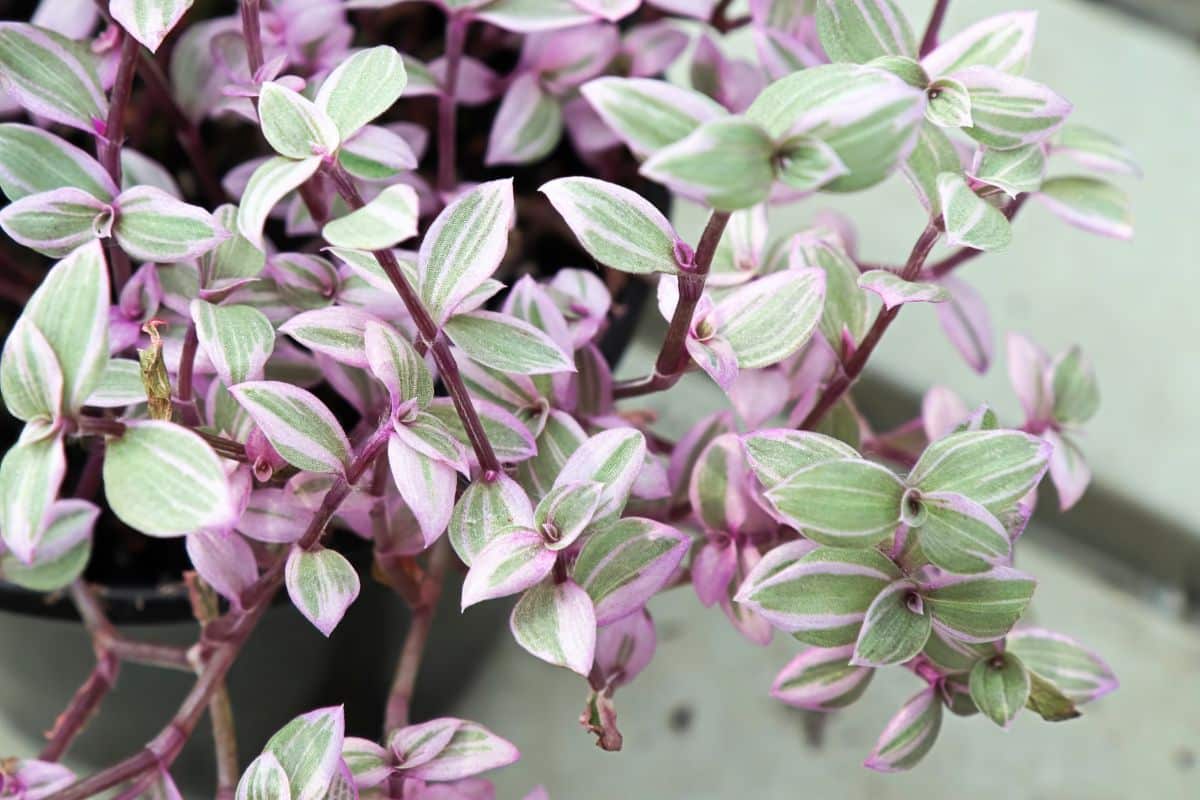
The stems get leggy when there is inadequate light.
The plant starts growing farther out to look for the light source and then loses its bush look.
You should carry your plant to a place that has an indirect bright light in such a situation.
When you observe that the distance between nodes increases, it implies that the plant needs to get more light.
Another reason for this sign is that the plant was not clipped for a long time.
It can also help sustain its shape.
Wilting Plant
Callisia Repens does not like soggy soils at all.
If the plant is drooping, it is likely suffering from root rot. To solve this issue, repot the plant or restart the propagation.
Dropping Leaves
Callisia Repens starts dropping leaves when the temperature changes quickly. Ensure you keep it from extreme, very hot, or cold winds.
Also, slowly change its position from indoors to outdoors if the temperatures are slightly different in both locations.
Pests
Healthy vines can resist pest attacks.
Then again, you can use natural control measures like sprinkling neem oil or insecticidal soap to take care of this situation.
In the case of infestation, quickly wash your plants.
The best way to contain such a situation is to examine your plants closely and regularly.
Conclusion
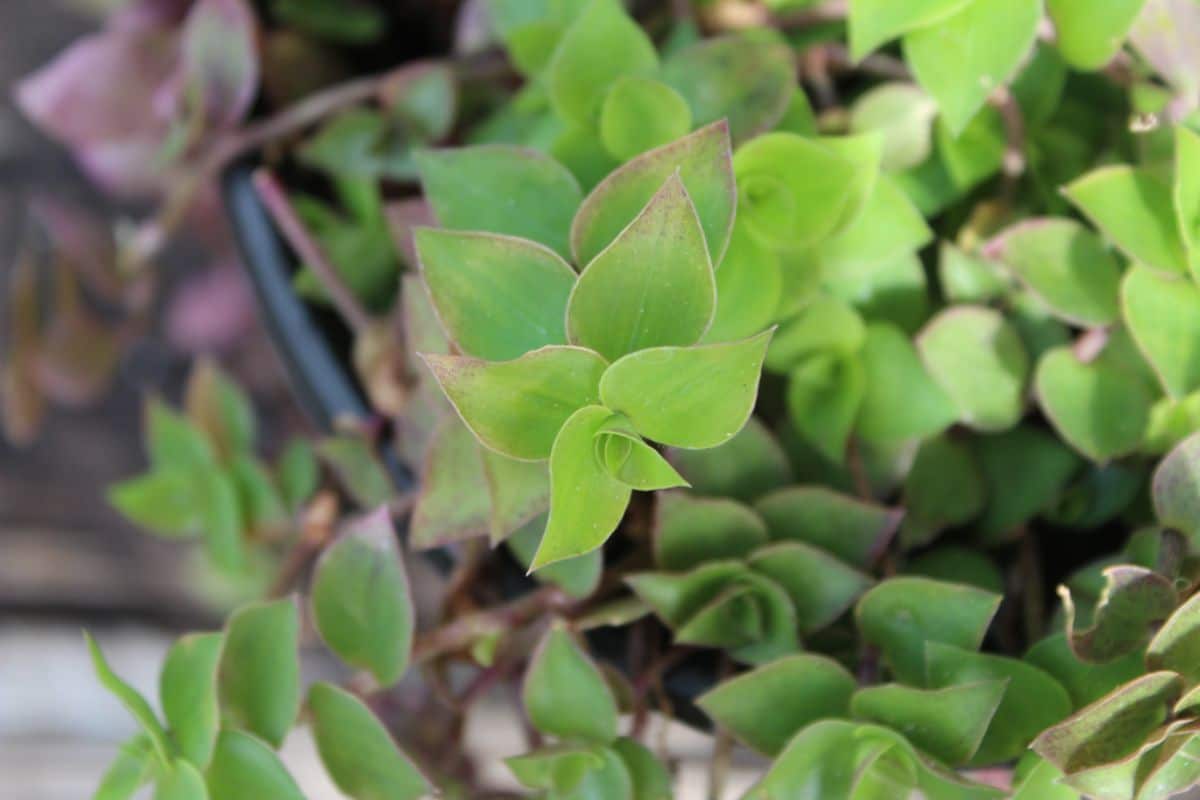
Leggy growth indicates signs of inadequate light, and withering foliage is due to root rot caused by overwatering.
Callisia Repens thrives well and can be an excellent houseplant if given the proper requirements.
How to propagate turtle vines are in three ways, and the best method is the one most applicable to you.




